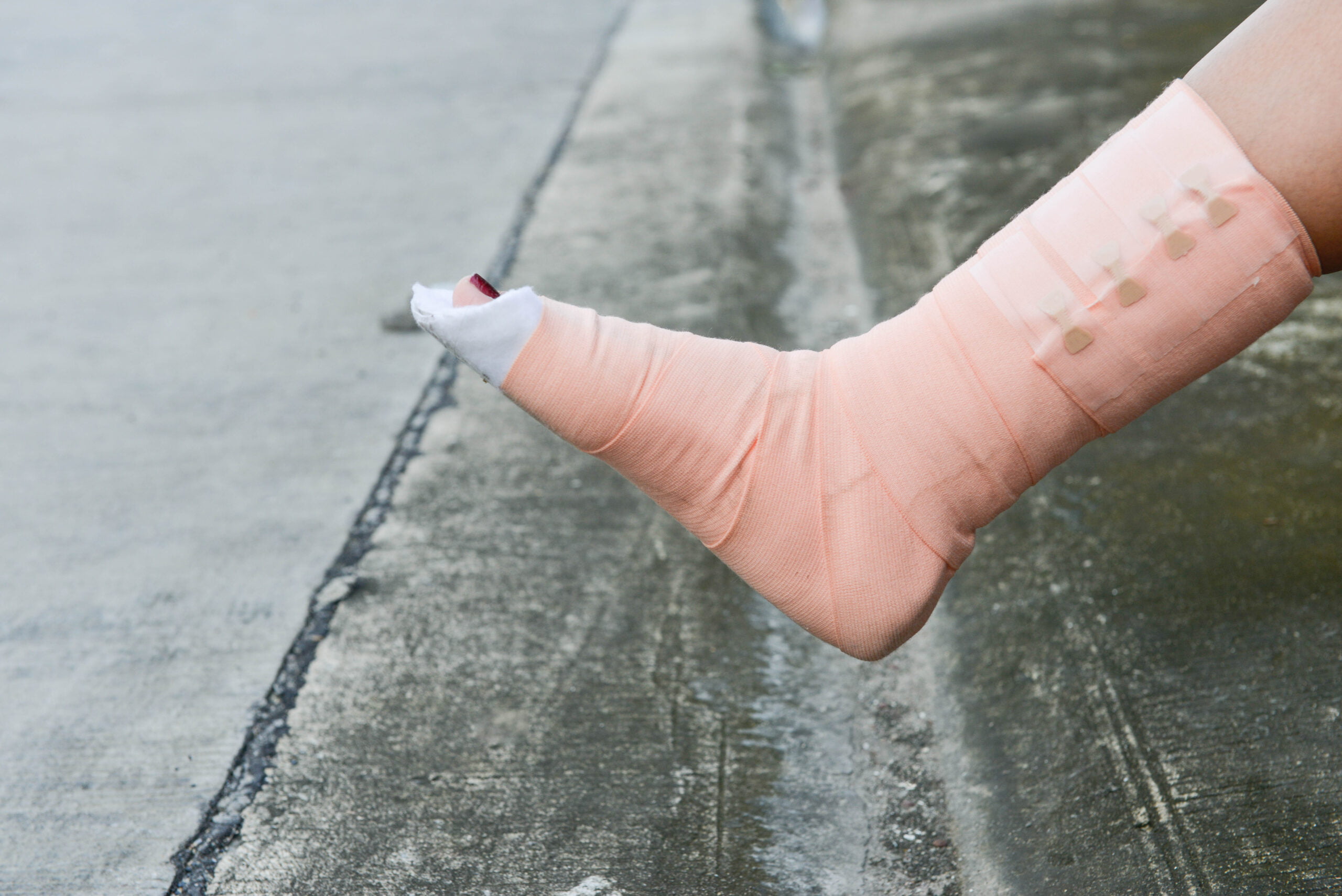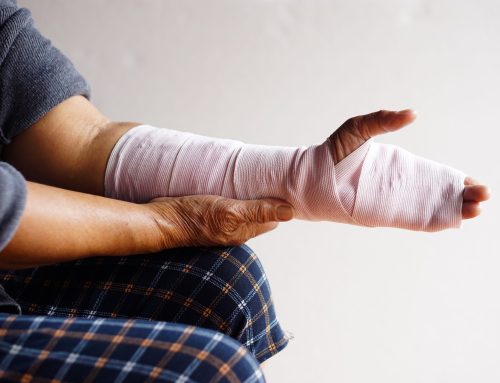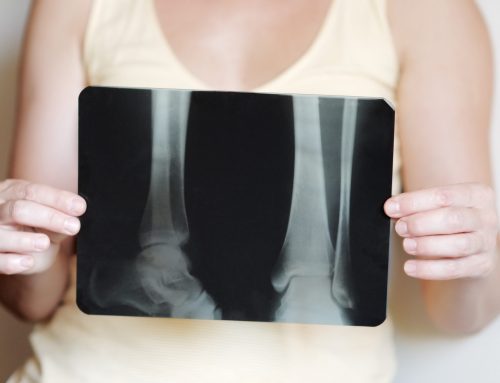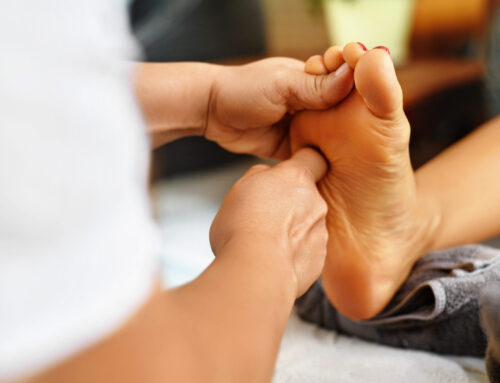Foot and ankle fractures are common injuries that can significantly impact your mobility and quality of life. Whether you’re an athlete, a weekend warrior, or simply going about your daily activities, taking steps to prevent such injuries is crucial. In this comprehensive guide, we’ll explore practical strategies for maintaining healthy feet and ankles, thereby reducing your risk of fractures. And for those times when prevention falls short, we’ll introduce an innovative solution to support and accelerate the healing process.

Understanding Foot and Ankle Fractures
Before diving deeper into how we can safeguard these critical areas of our body, let's first explore the intricate architecture of the foot and ankle that underpins their functionality and, by extension, their vulnerability to injury.
The Anatomy of the Foot and Ankle
The foot and ankle anatomy is a marvel of biological engineering. It is designed to withstand the stresses of daily life while providing the flexibility needed for a wide range of movements. This complexity is key to understanding both the function and fragility of these essential structures.
The foot and ankle consist of 26 bones in the foot, plus seven bones in the ankle and lower leg region, for a total of 33 bones that form the foundation of this anatomical area.
Common Causes of Fractures
Foot and ankle fractures can result from a variety of causes, including overuse, accidents, falls, and direct impacts. High-impact sports, improper footwear, and even everyday activities can put you at risk if proper precautions are not taken.
Strategies for Prevention
Preventing foot and ankle fractures involves a combination of strengthening exercises, lifestyle modifications, and protective measures. Here are some effective strategies to incorporate into your routine.
Strengthening Exercises
Regular exercises that strengthen the muscles around your feet and ankles can enhance stability and reduce the risk of injury. Simple exercises such as toe curls, heel raises, and resistance band workouts can be easily done at home.
Flexibility and Stretching
Flexibility in the muscles and tendons around your feet and ankles is just as important as strength. Regular stretching, particularly after physical activity, can help maintain range of motion and prevent injuries.
Wear Appropriate Footwear
Choosing the right footwear is critical for foot and ankle health. Shoes should provide proper support, fit well, and be appropriate for your activities. For athletes, wearing sport-specific shoes can help prevent overuse injuries and fractures.
Avoid Overuse
Listening to your body and avoiding overexertion is key to preventing fractures. Gradually increase the intensity of your activities to give your body time to adapt, and ensure you incorporate rest days into your training schedule.
Address Biomechanical Issues
Biomechanical issues, such as flat feet or high arches, can increase your risk of foot and ankle injuries. Orthotics or corrective footwear can help address these issues, providing additional support and alignment.
When Prevention Isn't Enough
Despite our best efforts, fractures can still occur. When faced with a foot or ankle fracture, the focus shifts to healing and rehabilitation. This is where the Melmak Low-Intensity Pulsed Ultrasound (LIPUS) device becomes an invaluable tool.
Accelerating Healing with Melmak LIPUS
The Melmak LIPUS device represents a leap forward in fracture healing technology. Utilizing low-intensity pulsed ultrasound, this non-invasive device sends painless mechanical forces through the tissue to stimulate bone healing at the cellular level. The key benefits of incorporating this into your healthcare routine are:
- Proven Efficacy: Studies have shown that using LIPUS can heal non-union fractures by 86% and fresh fractures 38% faster on average.
- Simple and Convenient: Designed for self-treatment, the Melmak device can be used in the comfort of your own home or office. With just 20 minutes of treatment per day, it's a practical addition to traditional healing protocols.
- Safety and Reliability: With over 20 years of proven results and no known side effects, the Melmak LIPUS device is a safe option for accelerating fracture healing.
- Ease of Use: Operating the device is straightforward. Once positioned over the fracture site, a simple press of a button initiates the treatment.
While prevention is the best strategy for maintaining healthy feet and ankles, it's comforting to know that advancements in medical technology can support us when injuries do occur. The Melmak LIPUS device offers a promising solution for those facing the challenge of a fracture, providing a non-invasive means to accelerate healing and return to daily activities sooner.
Incorporating the preventive strategies outlined in this guide can significantly reduce your risk of foot and ankle fractures. Should you find yourself in need of support during the healing process, consider the Melmak LIPUS device as a reliable, effective, and convenient tool in your recovery arsenal. Together, through prevention and innovative healing solutions, we can keep our feet and ankles strong and healthy, ready to carry us through life's adventures. Contact Fracture Healing to learn more.
Have you ever broken a bone in your foot? What prevention methods do you recommend for supporting your feet and ankles? Share your thoughts with our readers in the comments below.






Leave A Comment